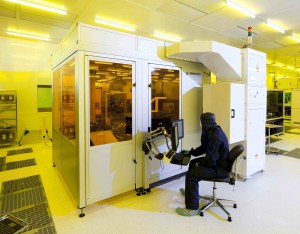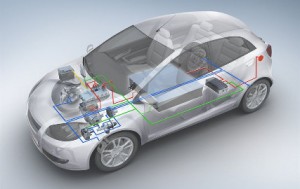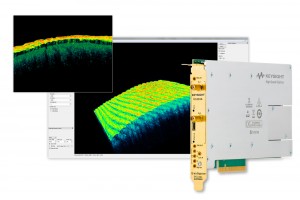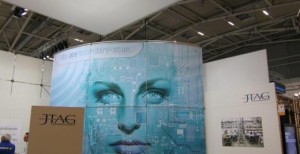 NeuDrive, the bidding to commercial organic electronics production technology in the UK, has completed the acquisition of a portfolio of organic semiconducting material patents and the FlexOS trade mark from CPI Innovation Services (CPIIS), the commercial arm of the government-funded Centre for Process Innovation (CPI).
NeuDrive, the bidding to commercial organic electronics production technology in the UK, has completed the acquisition of a portfolio of organic semiconducting material patents and the FlexOS trade mark from CPI Innovation Services (CPIIS), the commercial arm of the government-funded Centre for Process Innovation (CPI).
As part of the deal NeuDrive has taken licences relating to organic thin-film transistor technology developed by CPIIS.
Ray Fisher, founder & CSO, NeuDrive said the deal builds upon “a successful eight year relationship and consolidates our position at the forefront of the commercialisation of this exciting area of technology.”
NeuDrive said it will develop the FlexOS technology, which is used in the manufacture of HD displays on flexible plastic substrates for smartphones, tablets and wearable devices, and will develop biosensors for lifesciences applications.
Diagnostic Capital has acted as advisors to NeuDrive’s shareholders for this transaction and has taken a 5% shareholding in NeuDrive.
Nigel Perry, CEO, CPI said: “This transaction represents a successful development through the challenging technology readiness level chain TRL 5 to TRL8 where it is now ready for commercialisation.”
Perry added that this was “an excellent example of how an entrepreneurial UK company bid its way into a technology space and used its skills and people to add value and out-innovate global companies to develop a viable new product.”






